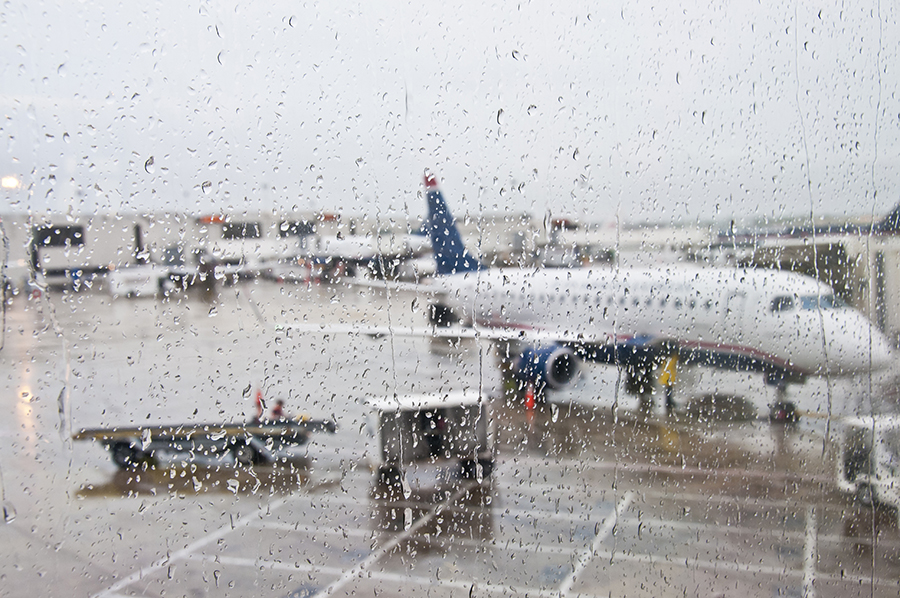SECONDARY AIRPORTS FIND NEW WAYS TO OPERATE IN LOW-VISIBILITY CONDITIONS
This Solution was formerly part of PJ.02-06-W1
The lack of appropriate navigation systems at secondary airports means that normally they are unable to support low visibility procedures (LVP) in conditions below CAT I, and approaching traffic has to divert to a larger airport. Where conventional navigation and surveillance systems cannot be considered because of capital limitations, new airborne technologies are being researched to enable instrument approach procedures in low-visibility conditions.
This technological solution focuses on means of lowering the decision height through development and validation of airborne navigation capability allowing approach down to LPV-100/CAT II minimums. LPV-100 operations shall be supported by systems that do not involve major airport and ANSP capital investments.
The Solution is enabled by enhanced positioning for localiser performance with vertical guidance (LPV) approach based on single constellation single frequency space-based augmentation system (SBAS) with additional aiding sensors.
BENEFITS
Increased safety
Improved resilience
Improved predictability
Increased fuel efficiency

